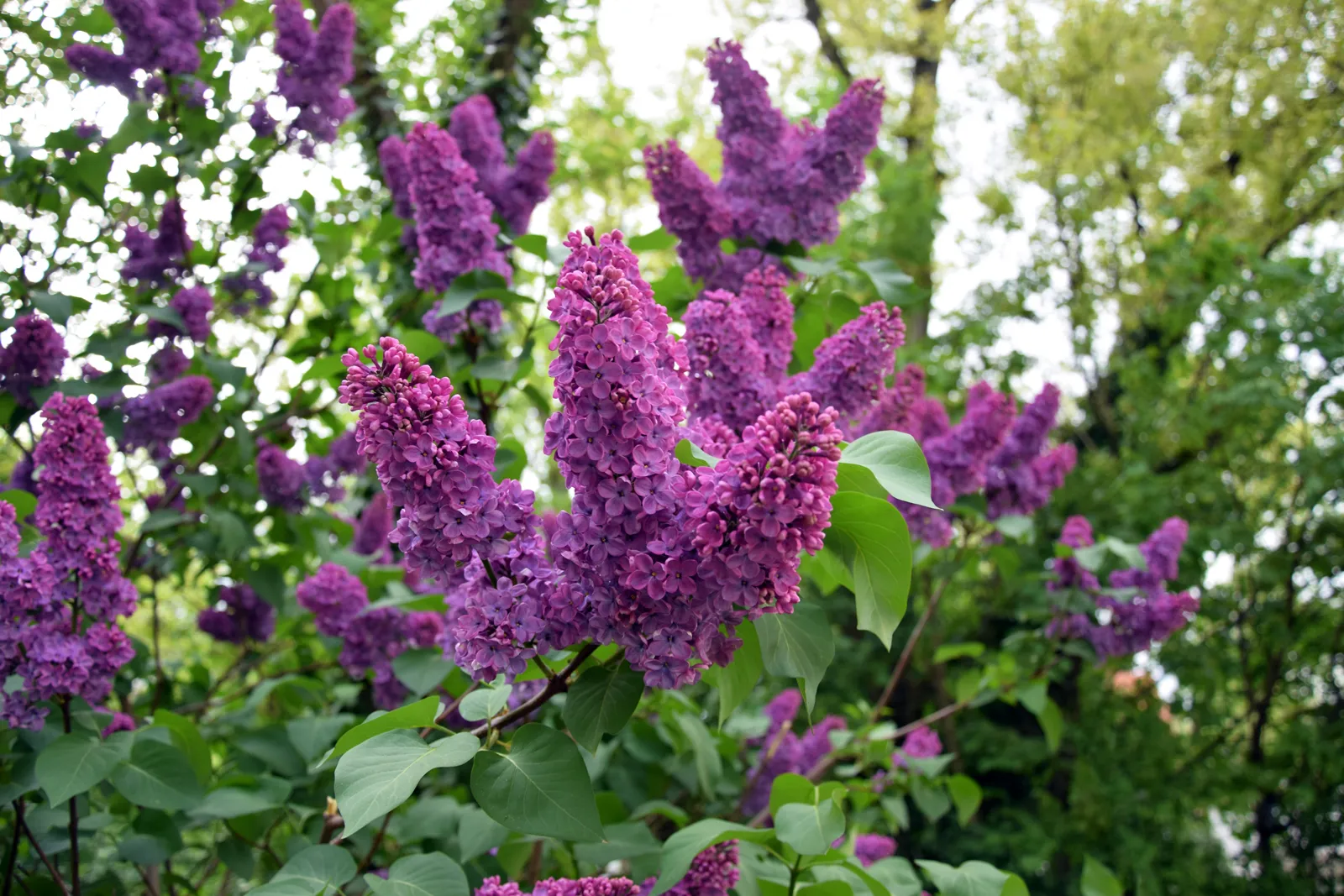
The lilac is a beloved and highly sought-after flowering plant that is known for its stunning blooms and intoxicating fragrance. With its delicate petals and vibrant colors, the lilac has captured the hearts of garden enthusiasts and nature lovers alike. But there is more to this enchanting plant than meets the eye. In this article, we will explore eight unbelievable facts about lilacs that will leave you in awe. From their rich history and symbolism to their unique characteristics and fascinating uses, the lilac is truly a remarkable flower with a story to tell. So sit back, relax, and prepare to be amazed by these incredible facts about lilacs.
Key Takeaways:
- The enchanting fragrance and vibrant colors of lilac make it a captivating and popular choice for gardens and floral arrangements, attracting butterflies and bees while symbolizing purity and innocence.
- With a lifespan of decades, lilac bushes have been the state flower of New Hampshire since 1919, and have been used in traditional medicine, inspiring poets and writers with their beauty and symbolism.
The lilac flower is known for its enchanting fragrance.
One of the most remarkable attributes of the lilac flower is its captivating scent. The fragrance of lilacs is often described as a combination of sweet, floral, and slightly spicy notes, which fills the air with a delightful aroma.
Lilac flowers come in a range of vibrant colors.
Although lilacs are commonly associated with shades of purple, they actually come in a variety of colors, including pink, white, blue, and even yellow. These vibrant hues make the lilac a popular choice for floral arrangements and garden landscapes.
Lilacs symbolize purity and youthful innocence.
Throughout history, lilacs have been associated with purity, innocence, and renewal. They are often used in ceremonies and celebrations to signify new beginnings and fresh starts.
Lilac bushes can live for decades.
When properly cared for, lilac bushes can live for many decades. With regular pruning and maintenance, these hardy plants can continue to bloom year after year, bringing beauty and fragrance to your garden.
Lilacs attract butterflies and bees.
The vibrant colors and sweet scent of lilacs make them irresistible to pollinators such as butterflies and bees. Having lilacs in your garden can help support the local ecosystem and promote biodiversity.
The lilac is the state flower of New Hampshire.
In 1919, the lilac was designated as the state flower of New Hampshire, honoring its beauty and significance in the region. The state even hosts an annual Lilac Festival to celebrate this beloved flower.
Lilacs have been used in traditional medicine.
Throughout history, various parts of the lilac plant have been used in traditional medicine for their potential health benefits. The flowers, leaves, and bark have been used in remedies for ailments such as fevers, digestive issues, and skin conditions.
Lilacs are a favorite among poets and writers.
The beauty and symbolism of lilacs have inspired countless poets and writers throughout the years. From Walt Whitman’s poems to Jane Austen’s novels, lilacs have found their way into literature as a symbol of love, beauty, and the ephemeral nature of life.
Conclusion
In conclusion, lilacs are truly fascinating plants with an array of unbelievable facts. From their captivating fragrance to their symbolic significance, these flowers have captured the attention of gardeners and nature enthusiasts alike. Their history, medicinal uses, and folklore add an intriguing element to their already stunning beauty. So, the next time you come across a lilac, take a moment to appreciate not only its enchanting blossoms but also the incredible stories and secrets that lie within.
FAQs
Q: What is the scientific name for lilac?
A: The scientific name for lilac is Syringa.
Q: How long do lilac flowers last?
A: Lilac flowers typically last for about 2 to 3 weeks, depending on environmental conditions.
Q: Can lilacs grow in containers or pots?
A: Yes, lilacs can be grown in containers or pots as long as they have enough space for root development.
Q: Are lilacs fragrant?
A: Yes, lilacs are known for their highly fragrant blooms, with scent variations among different cultivars.
Q: Do lilacs require special care?
A: Lilacs are relatively low maintenance plants. They require well-drained soil, regular watering, and occasional pruning to maintain shape and promote blooming.
Q: Can I grow lilacs from seeds?
A: Technically, it is possible to grow lilacs from seeds, but they can take several years to reach maturity and may not produce the same characteristics as the parent plant. It is more common to propagate lilacs through cuttings or grafting.
Q: Are lilac flowers edible?
A: While lilac flowers are not toxic, they are not commonly consumed. Some people use lilac flowers in culinary creations, such as infusions and syrups, but it is important to ensure they are pesticide-free and safe for consumption.
Q: Do lilacs attract pollinators?
A: Yes, lilac flowers are highly attractive to bees, butterflies, and hummingbirds, making them valuable for pollinator gardens.
Lilacs captivate with their beauty and fragrance, but there's more to explore! Uncover even more astonishing facts about lilacs, from their rich history to surprising uses. Delve into the world of wildflowers and learn fascinating facts about the charming cuckoo flower. Spokane Valley, Washington, offers a vibrant tapestry of cultural festivals and events that showcase the region's diversity and spirit. Whether you're a nature enthusiast or culture seeker, these engaging articles promise to enlighten and entertain, offering a fresh perspective on the wonders surrounding us.
Was this page helpful?
Our commitment to delivering trustworthy and engaging content is at the heart of what we do. Each fact on our site is contributed by real users like you, bringing a wealth of diverse insights and information. To ensure the highest standards of accuracy and reliability, our dedicated editors meticulously review each submission. This process guarantees that the facts we share are not only fascinating but also credible. Trust in our commitment to quality and authenticity as you explore and learn with us.


